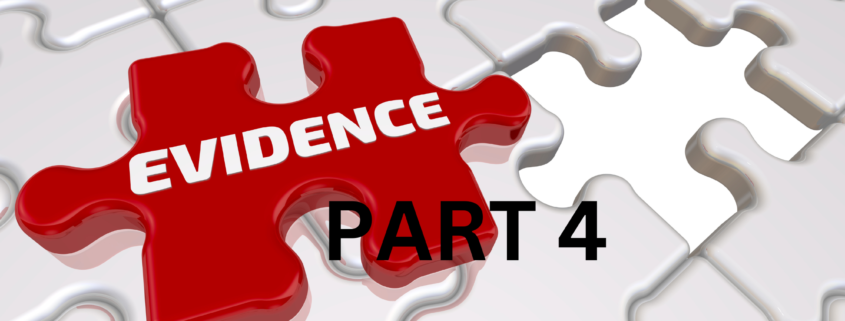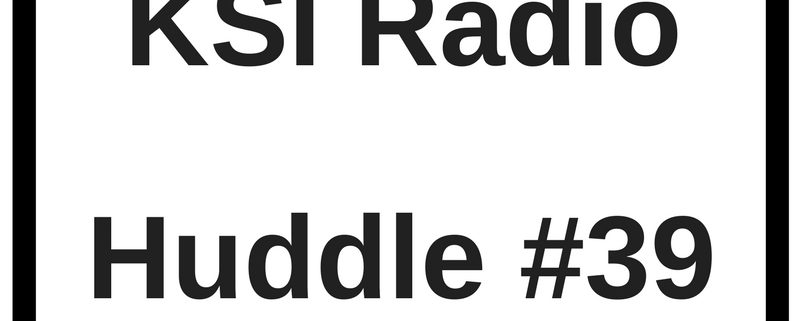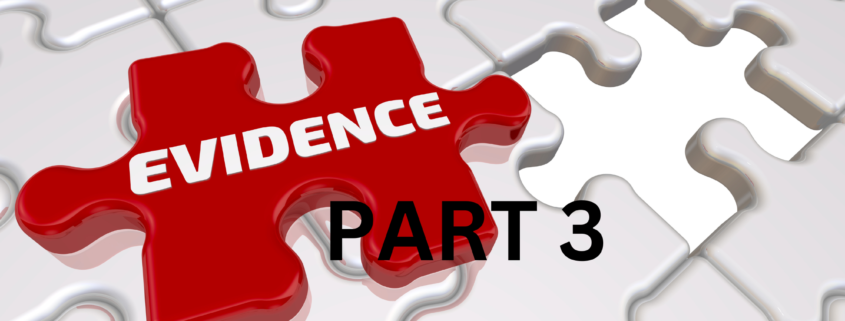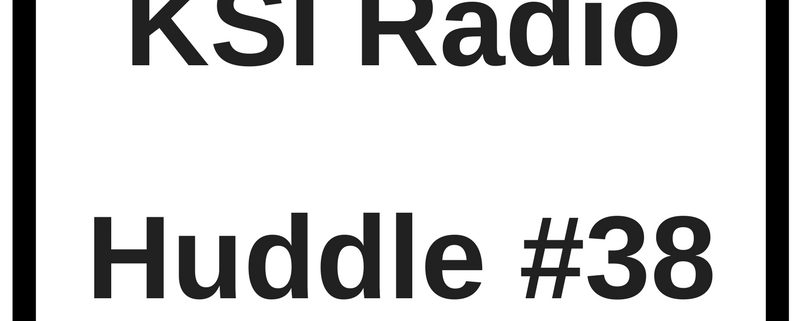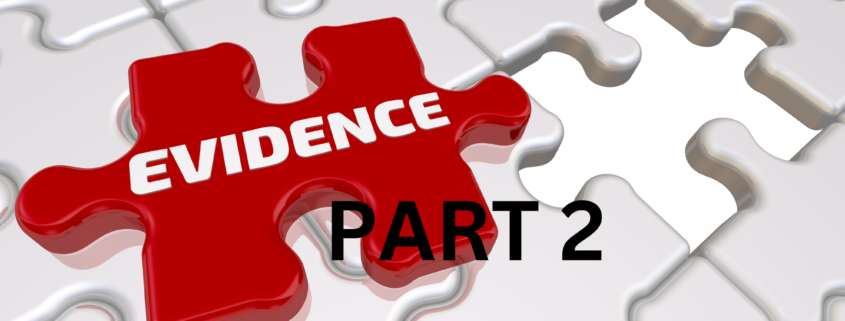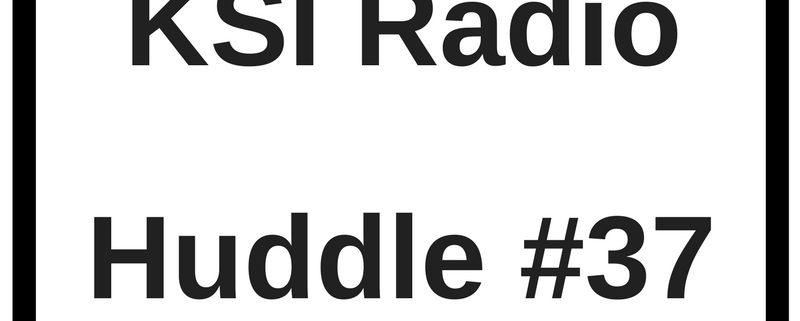Where’s the evidence?! Part 4 – Choices in ‘evidence’
Through out this article series I have sought to provide a respectful review of ‘evidence’, in answering the common thread of responses to the concepts and innovations in training I have shared during the last four decades.
In Part 1 of this article series I shared my experiences in the field of paradigm shifting and some of the experiences I had. In Part 2 of this article series I discussed the meaning of the words ‘Where’s the evidence?’ In Part 3 of the series I sought to provide support to my suggestion that the main reason those who lash out in response to my innovations demand to see the evidence is that they fear the challenge to change.
In this article, Part 4 of the series, I intend to discuss two primary options or choices in evidence. From the outset I stress there is no suggestion that you have to choice one or the other. You can work with both.
The first is the sort of evidence most are conditioned (at least in the academic influenced fitness and sports training industry) to seek and believe in – randomized double blind placebo controlled study. The second or other option is personal experience. Now I know it’s hard for some of you to even understand the audacity of proposing personal experience as an alternative to the ivory tower of ‘science’, however you could relax and let me finish.
After all, I am not ‘attacking’ the theory of science. I am simply challenging blind compliance.
Let’s imagine that if it’s in print, and published in a reputable journey – it must be so. I certainly believed that at one stage. So much so that I even referenced a research conclusion in one of my books.
I included a supplement (water) marketed under the trademark ‘Might Atom’ in my 1998 Australian Sports Supplement Review,[1]on the basis of a research[2]supporting it.
The only study that we have seen on this supplement, by Wilson, concluded that ‘Mighty Atom’ resulted in a modest short term increase in maximum (arm) strength during the one week study conducted. The strength increases were measured at 4%, which the researcher suggested to be similar to the results achieved with the acute use of creatine monohydrate.
One theory for how it may work was presented by Wilson (95). He suggests that possibly the ‘cleansing effect’ associated with the use of ‘Mighty Atom’ may occur via the removing of accumulated toxins, such as heavy metals, from the body. He cited a 1990 study which maintained that significant amounts of mercury in the body can produce fatigue and weakness.
Questions were raised at a later date – did the research even occur?
Now that may be a relatively harmless example, however let’s consider something more significant. Such as the circumstances leading to the recent lawsuit against Monsanto in the glyphoshpate (round-up) case in the US where damages in excess of $250 million USD were awarded for the plaintiff, Dwayne “Lee” Johnson.
After all, there is ‘strong evidence that it does not cause cancer in humans’.
The EPA considers glyphosate to have low toxicity when used at the recommended doses. “Risk estimates for glyphosate were well below the level of concern,” said EPA spokesman Dale Kemery. The EPA classifies glyphosate as a Group E chemical, which means there is strong evidence that it does not cause cancer in humans.[3]
Well, that was until just recently.
Johnson’s jury heard evidence that for four decades Monsanto maneuvered to conceal Roundup’s carcinogenicity by capturing regulatory agencies, corrupting public officials, bribing scientists and engaging in scientific fraud to delay its day of reckoning. The jury found that these activities constituted “malice, fraud and oppression” warranting $250 million in punitive damages.
Does this mean all published science should be disregarded? Not at all. The point, should it need to be clarified, is that it may not be prudent to accept science all on face value simply because it has been published. Just as with your foods, ideally trace it back to its origin to understand it fully.
So what’s an alternative? A man called Richard Buckminster Fuller (1895-1983) who is considered one of the most intelligent Americans in modern history. His patents, ideas and innovations are claimed by many industries. Here is one of Buckminster’s conclusions, made at the age of 53 years:
…I jettisoned all that I had ever been taught to believe and proceeded thereafter to reason and act only on the basis of direct personal experience…Exploring, experiencing, feeling, and – to the best of my ability – acting strictly and only on my individual intuition…[4]
I know – it may be difficult for many to accept that intuition and personal experience could ever be given such credibility.
Let’s say for example you had read something somewhere that a certain type of form was the best way to deliver a certain micronutrient. Then you came up on say a multi-vitamin where the formulation used a certain form of a micronutrient that you had read was not as good at another. So without trying the product, you reject it outright. This is an example of action in the basis only of what you have been led to believe.
Alternatively you acknowledge the information you were exposed to, however tested the multi-vitamin over a reasonable time period with an objective mind, to develop your own conclusions. This is an example of what Buckminster Fuller was referring to, using your own faculties and experience to collect ‘evidence’.
These are your choices. If you see value in using the latter (personal experience) as in addition to the former (evidence presented by others), then I encourage you to remain strong under the pressure to conform.
Almost anybody can learn to think or believe or know, but not a single human being can be taught to feel. Why? Because whenever you think or you believe or you know, you’re a lot of other people, but the moment you feel, you’re nobody but yourself.
To be nobody-but-yourself – in a world which is doing its best, night and day, to make you everybody else – means to fight the hardest battle which any human being can fight and never stop fighting…[5]
Resist the temptation in program design to conform to mainstream paradigms simply for the sake of conforming, no matter how dogmatically they are presented, or how much you may be ridiculed or ostracized for trusting your intuition over conformity. Make our own minds up based on a combination of respect for your intuition, the athlete/client’s intuition, the results, and in respect of the body of knowledge available.[6]
References
[1]King, I., 1998, Australia Supplement Review, King Sports International, Bris Aust.
[2]Wilson, G.J., 1997, The effect of Mighty Atom on arm strength, Strength and Conditioning Coach, 5(2):2-4.
[3]https://www.scientificamerican.com/article/weed-whacking-herbicide-p/
[4]Buckminster-Fuller, referring to his book ‘Critical Path’, 1981.
[6]King, I.., 2005, The way of the physical preparation coach (book), p. 17

